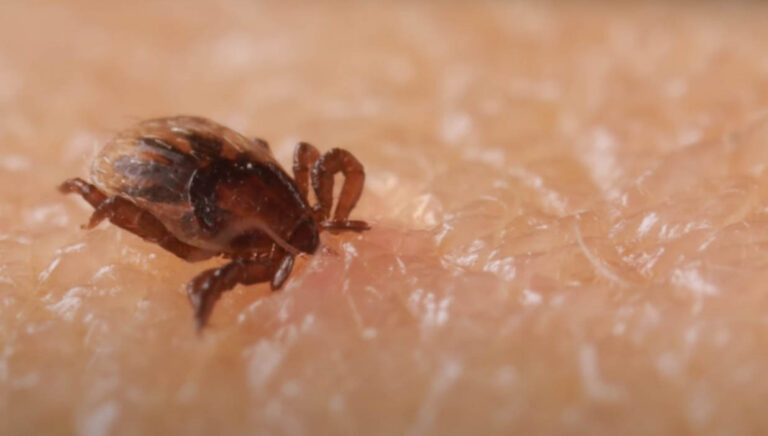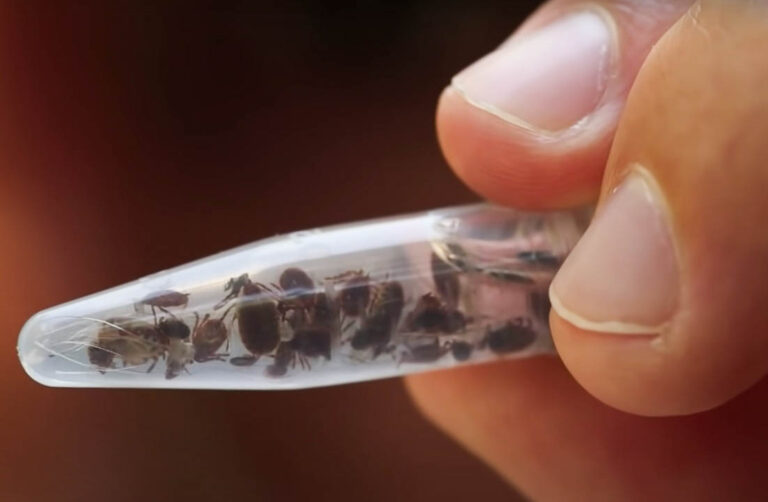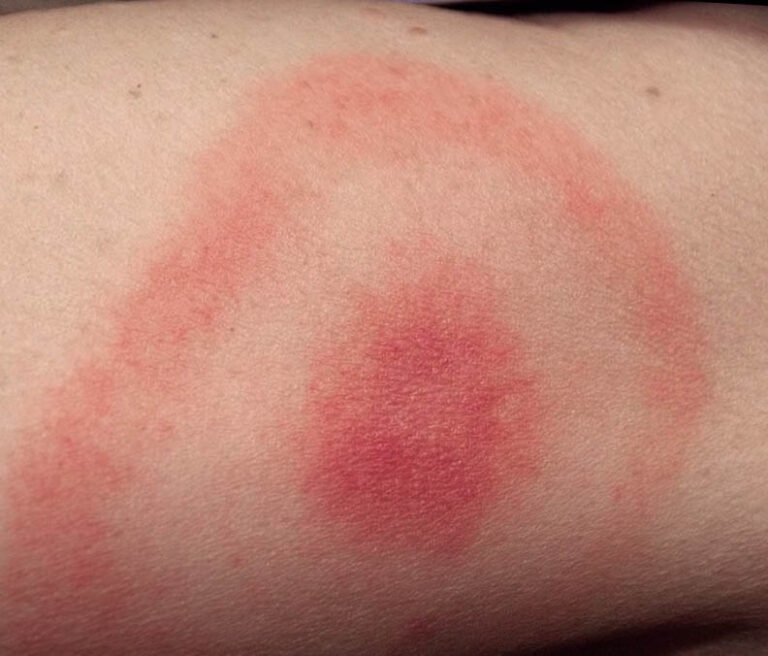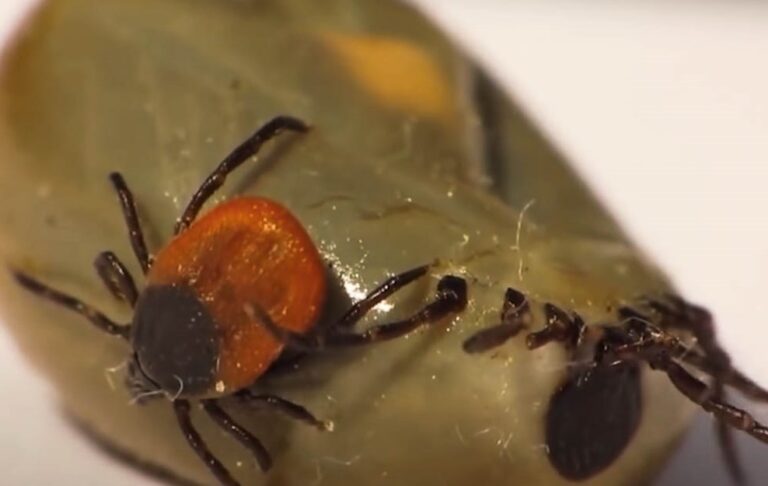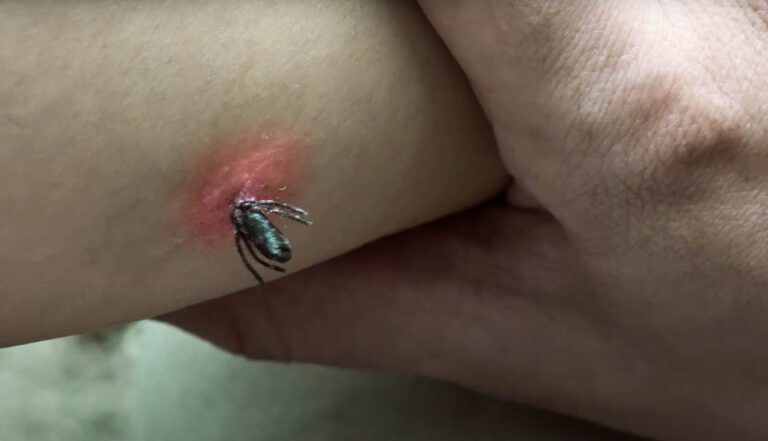Diseases ticks cause
Diseases ticks cause
Ticks are arthropods that need blood as an essential part of their diet. As they take blood meals, they pick up pathogens from infected hosts. They then transfer the pathogens to uninfected hosts when they take subsequent blood meals. Because of their ability to support the development of a wide range of pathogens, ticks are important vectors in the spread of several diseases.
In this article, we highlight some of the diseases spread by ticks.
Lyme disease
Lyme disease is a disease of both animals and plants. The disease occurs as a result of the infection of the pathogen, Borrelia burgdorferi. Lyme disease is one of the commonest diseases spread by ticks. Lyme disease majorly affects the nervous system. The disease also affects the eyes, heart, joints, and liver.
Ticks typically pick up the pathogens as larvae and spread them as larvae, nymphs, and adults. The symptoms of the disease are similar to that of the flu and they include chills, headache, fever, and joint pains. The disease also causes a characteristic rash that has a red center.

The symptoms of Lyme fever develop within 3 to 60 days of infection. Prophylactic antibiotics are available for preventing the development of the disease. The disease can also be treated with antibiotics, although it may last for up to 6 months.
In the US, Lyme disease is the commonest tick-borne disease. About 300,000 cases are recorded every year.
Powassan
Powassan is caused by the Powassan virus. The virus is spread in the bites of ticks and attacks the nervous system. The brain and the meninges are especially susceptible to the virus. Symptoms of Powassan include vomiting, fever, seizures, headaches, confusion, and loss of coordination. The virus causes symptoms between one week to a month of the establishment of the infection.
The disease is diagnosed by testing for antibodies. There is no definitive treatment for the disease. Management measures are mostly supportive to reduce the swelling and provide respiratory support.
Rocky Mountain spotted fever
Rocky Mountain spotted fever is a disease spread by ticks. Ticks known for spreading Rocky Mountain spotted fever include the Rocky Mountain tick which is well distributed in the Rocky Mountain states.
The symptoms of Rocky Mountain spotted fever occur shortly after an infection, within two days to two weeks. Common symptoms of Rocky Mountain spotted fever include stomach pain, fever, vomiting, and headaches. Sore muscles, red eyes, and a red splotchy rash which is typically seen around the wrists and ankles are other common symptoms of the disease.
Rocky Mountain spotted fever can be treated with antibiotics. The antibiotic doxycycline is commonly recommended for the treatment of Rocky Mountain spotted fever.
Tick paralysis
Bacteria or viruses are not known for causing tick paralysis. Alternatively, the disease is caused by the components of the saliva of the ticks. The component that causes the paralysis distorts the function of the nervous system. Because the saliva is responsible for the paralysis, once the tick is removed, the symptoms subside. Tick paralysis is commoner in the Rocky Mountain states as ticks that spread Rocky Mountain spotted fever have been known to cause tick paralysis.
Anaplasmosis
Anaplasmosis is a disease of the blood cells. The pathogen, a bacterium, specifically attacks the white blood cells. Because this disease directly attacks the white blood cells which provide immunity, the immune system can be significantly compromised by the disease. Symptoms of anaplasmosis include fever, chills, headaches, and stomach pain. The symptoms develop about one to three weeks after infection. About 1,800 cases of anaplasmosis are recorded every year in the US. The disease can be managed with antibiotics; doxycycline is the go-to antibiotic for managing anaplasmosis. Anaplasmosis is caused by a bacterium and spread by ticks such as deer ticks.

Tularemia
This tick-borne disease affects humans and animals. Rodents are particularly susceptible to the infection. The diseases cause fever, ulcers, and swollen lymph nodes. Only about 200 cases are recorded yearly in the US. The disease can be effectively managed with antibiotics. Complications could also occur, and the consequences could be fatal. The symptoms of the disease could also manifest for long periods. Ticks that carry Lyme disease typically spread tularemia.
Ehrlichiosis
The disease is typically spread by ticks that spread other diseases like anaplasmosis. Symptoms of ehrlichiosis appear one to two weeks after the tick bite. The symptoms include fever, chills, headache, and stomach pain. Cough, diarrhea, and a rash could also develop after an ehrlichiosis infection.
Ehrlichiosis can be managed effectively with antibiotics. Doxycycline is the antibiotic of choice for treating ehrlichiosis.
Babesiosis
This is a parasitic disease spread by different types of ticks, especially the deer tick. The parasites attack the red blood cells and cause symptoms like anemia and low blood pressure, with a general flu-like feeling. Kidney and liver problems could also result from the disease.
Babesiosis can be effectively managed with drugs, a combination of antibiotics, and anti-parasitic drugs. Babesiosis is closely associated with Lyme disease. About 20% of persons with babesiosis typically have Lyme disease.
Heartland virus
Ticks like the lone star tick are credited for the spread of the heartland virus. In the US, cases of the disease are mostly recorded in the Midwestern and southern parts.
Colorado tick fever
Colorado tick fever is a disease commonly recorded in the Rocky Mountain states. The disease is caused by a virus that is spread by the Rocky Mountain wood tick. Cases of the disease have been recorded in elevations as high as 10,500 feet.
Ticks cause numerous diseases and are important vectors. Thus, active measures should be taken to prevent the spread of tick-borne diseases. Since the pathogens need ticks for their spread, controlling the population of pathogens essentially controls the spread of the disease. Suitable tick habitats such as tall grass should be removed to discourage the establishment of large populations of ticks in an area.
The critters typically attach to their hosts from the top of the grass and other vegetation. Wearing protective clothing helps to prevent tick bites and control the spread of tick-borne diseases. If tick bites are suspected, prophylactic measures such as the use of antibiotics should be applied. The tick should also be removed and first aid measures applied.

